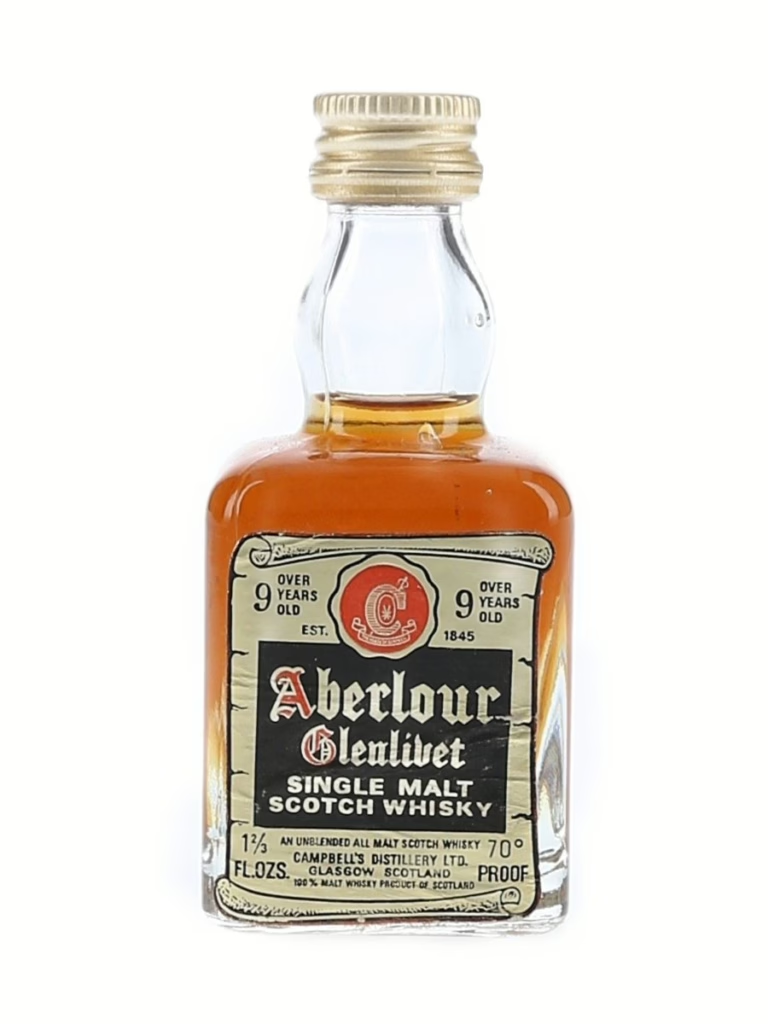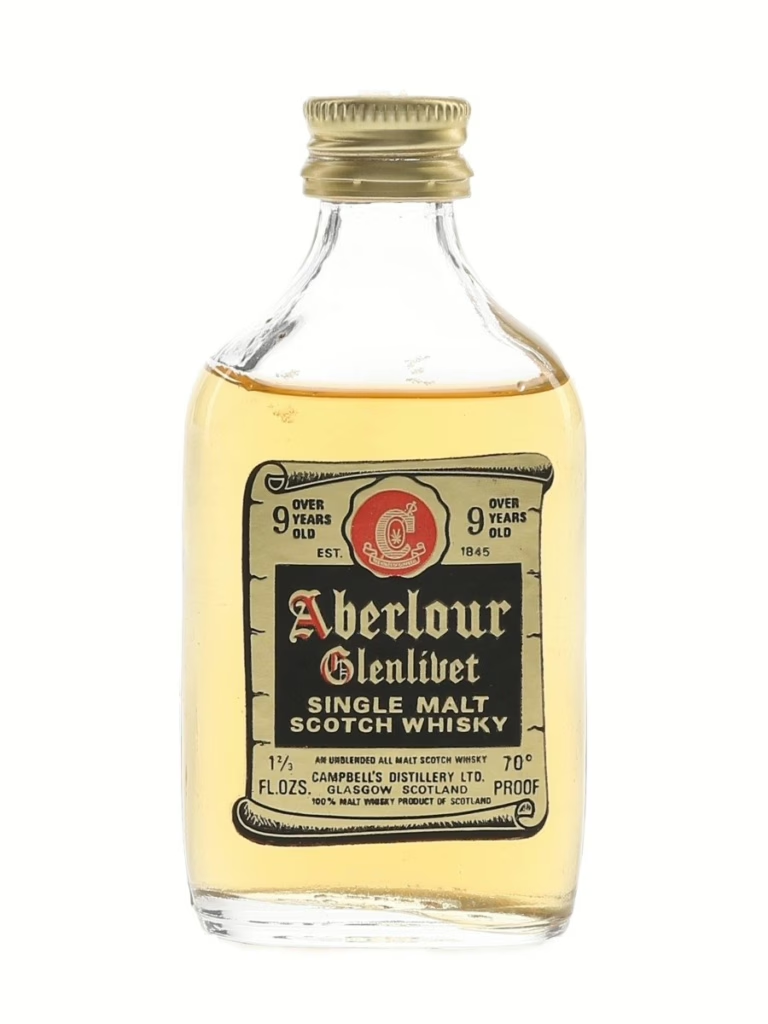Last weekend I worked with Aberlour for the second year running at Whisky Live Paris. It is always a fantastic experience for several reasons. First, Whisky Live Paris itself is a whirlwind of an event, with far more exhibitors, stands, and tastings than you can possibly cover – even across three full days, including the trade-only session. Second, as with most whisky festivals, it is the perfect chance to meet old friends and make new ones. This year was no exception, and it was especially great finally meeting some Whiskybase contacts in person I had been chatting with for months (looking at you, Nate and Brent). Third, there are the endless drams to sample during breaks – far more than anyone could realistically manage, even over the full length of the show. And finally, though perhaps the simplest reason, I really enjoy working with Aberlour. It is a brand I connect with, one that I can talk about naturally and enthusiastically.
Those three lively days wrapped up on the evening of Monday, 29th September, leaving me with plenty of new memories. To mark the occasion, I opened a pair of Aberlour-Glenlivet 9-year-olds. As the name suggests, these are definitely not recent bottlings.
Aberlour-Glenlivet 9-year-old (1970s) Review
This Aberlour-Glenlivet 9-year-old likely dates from the 1970s. The label carries the Campbell’s distillery name, and S. Campbell and Sons bought Aberlour in 1945, before Pernod Ricard bought Campbell in 1974. The label also mentions this whisky is an unblended all malt Scotch whisky.I bought this cubic 47 ml miniature (or 1 2/3 fl.ozs), filled at 70 proof (40% ABV), in 2020 through an auction website for just £12. Auctions are the only realistic way to find one today, whether as a miniature or a full 757 ml bottle.

Colour:
Brown sherry.
Nose:
Neat: Oh wow. This nose delivers a superb old sherry character, a style now rarely found. Camphor, aged leather armchairs, turpentine, and damp earth from a dunnage warehouse, together with molasses and dark caramel, create remarkable depth. Custard, fallen wet leaves, and an underlying freshness – jasmine and menthol – add further nuance, joined by milk chocolate. The complexity allows for endless exploration, revealing more with each return. Returning to the glass after a brief pause, cigar notes appear – both unlit and those extinguished in an ashtray – bringing sweet, greasy smoke that remains gentle in intensity.
Palate:
Neat: At 70 proof (40% ABV), the mouthfeel first seems thin, but quickly develops a richer texture. Milk chocolate, dried dates and figs, and their chutney counterparts shape the initial wave. Cherries in syrup, unexpected notes of tropical fruit, and dried apricots emerge with the next sip. Subtle spices introduce extra dimension and contrast with the fruitiness. Honey and carrot cake join, alongside subtle OBE notes with faint metallic traces. Despite half a century in glass, this Aberlour still preserves its brilliance.
Finish:
The palate’s flavours persist with impressive length, they just won‘’’t fade away. Smoked pepper then emerges, and the entire profile lingers, capped by an appearance of brown sugar caramel. The finish feels never-ending, drawing remarkable pleasure from each sip.
Comments:
This old Aberlour-Glenlivet 9-year-old amazes, showing remarkable freshness despite its age and modest ABV. The whisky spent around 50 years in glass – inside a miniature – and remains vibrant, as if freshly bottled. If it lost some power and freshness over the years (and I cannot know for certain), the whisky back then must have been truly extraordinary. Faced with the choice, I would take another miniature of this over a whole case of recent A’Bunadh without a second thought, and I do enjoy A’Bunadh immensely.
Rating: 9/10
Aberlour-Glenlivet 9-year-old (end 1960s/early 1970s) Review
This second miniature, shaped like a flask, also carries the Aberlour-Glenlivet 9-year-old name from Campbell’s Distillery. The label matches the design on the cubic bottle. Whisky.auction, where I bought this miniature for £5 in 2020, estimates the bottling took place at the end of the 1960s or early 1970s.

Colour:
Burnished.
Nose:
Neat: This nose proves less intense than the square miniature, with reduced smoke and increased fruitiness. It suggests bourbon casks may complement the sherry ones or perhaps only refill sherry casks featured in maturation. Citrus fruits – orange, clementine, mandarin – and zest accompany juicy apricots, crystallised pineapple, plums, and mirabelles, creating a rich fruitiness. Darker notes like blackcurrant and redcurrant make a subtle appearance. A light trace of smoke hides in the background, giving way over time to the aroma of a large mug of hot chocolate.
Palate:
Neat: The palate feels slightly thin, similar to the square bottle, but soon turns somewhat syrupy. Flavours of milk chocolate, old wood, fudge, and dark honey emerge, joined by hints of worn leather and pepper. Copper coin notes reveal a touch of old bottle character in this miniature, while the overall palate feels simpler than that of the square miniature. Subtle eucalyptus and liquorice appear along with fresh, sweetened orange tea.
Finish:
The finish maintains chocolate as the leading flavour, creamy and reminiscent of hot chocolate with sugar and milk. Ground pepper adds a faint spice, and liquorice makes an appearance. The finish lingers to a medium-long length.
Comments:
This Aberlour-Glenlivet 9-year-old, probably bottled in the late 1960s or early 1970s, performs well on its own but suffers in comparison to the 1970s square bottle. The nose shows a pronounced fruitiness, while the palate leans more towards chocolatey notes. Overall, this whisky stands out as very good. Yet, the square bottle delivers an exceptional experience that cannot but create a noticeable gap in ratings between the two.